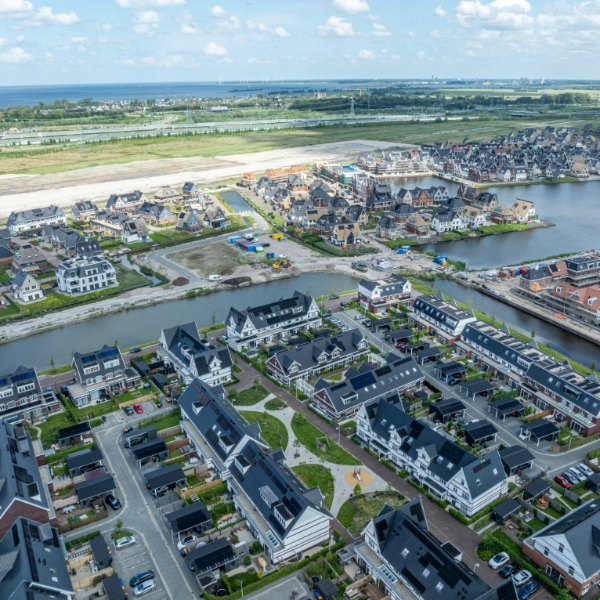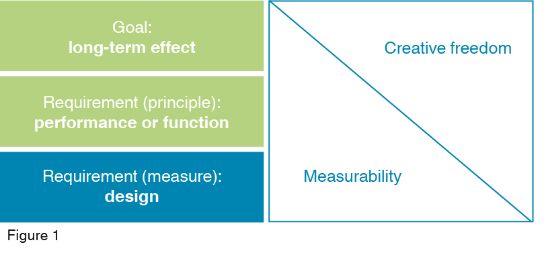Climate-Adaptive Quick Scan
Stimulating climate adaptation on projects

Climate-Adaptive Quick Scan
Climate adaptation is increasingly being stipulated as a requirement on area development projects. To keep up with this development, climate adaptation needs to be proactively integrated in programmes of requirements and designs at an early stage. Witteveen+Bos’s Climate-Adaptive Quick Scan can help you integrate climate adaptation into your programme of requirements. It can also help you assess existing plans for climate adaptation or for opportunities to integrate it.
Our quick scan is a highly practical tool which incorporates the requirements of the Convenant Klimaatadaptief Bouwen and the Maatlat groene klimaatadaptieve gebouwde omgeving. By clearly identifying ambitions for climate adaptation, it reveals where a project stands and where room for improvement exists, offering a step-by-step approach to making climate adaptation an integral component of any project.
Assessment on two levels
The quick scan assesses a project’s climate adaptation on two levels:
- goals
- requirements
The existence of concrete goals for realising climate ambitions is the most important criterion of assessment. Requirements – and the extent to which they are met – form an important secondary factor in assessing climate adaptation.
Witteveen+Bos’s Climate-Adaptive Quick Scan also explicitly examines opportunities for additional goals aimed at increasing the sustainability of a project.
Targeting climate benefits
The quick scan uses climate adaptation goals organised by scope. For each of these goals, the climate adaptation benefits are made concrete, with the areas of focus relevant to achieving the goal spelled out. The Climate-Adaptive Quick Scan ensures the focus remains on results by attributing central importance to goals; the requirements are the means by which these goals can be achieved. By using the quick scan, you are given insight into:
- the quality of a design;
- any additional requirements needed to effectively integrate climate adaptation.
The basis for drawing up requirements is formed by the Maatlat groene klimaatadaptieve gebouwde omgeving, in combination with provincial covenants and any conditions determined by the relevant municipality or water authority. To respond effectively to specific local situations, it may be necessary to reformulate requirements or devise new, additional ones. Our experts can perform an in-depth assessment to assess whether the existing requirements are sufficient. Due to the central focus being placed on goals, space is created for customisation.
Space for customisation
With space for customisation being afforded, alternative interpretations of a requirement – different measures which equally effectively help achieve a goal – become possible. Figure 1 shows how the different levels of abstraction formed by goals and requirements are related to one another. By defining general goals, greater freedom (for creativity) and space for customisation is created. Although defining measures can make it easier to assess their achievement, it generally makes customisation more difficult.

Easy-to-understand assessment
Our assessment of requirements is made clear using a five-tiered scale:
- completely satisfactory
- satisfactory with opportunities for improvement
- not entirely satisfactory; points of attention for improvement
- unsatisfactory; changes required
- not yet able to be assessed
The Climate-Adaptive Quick Scan scores requirements in easy-to-understand tables. This initial analysis forms the basis for a technical assessment by our experts. For every relevant specialisation, Witteveen+Bos possesses experts who can provide options for improvement or for capitalising on opportunities, with or without a proposal for additional investigation or advice.
Want to know more?
